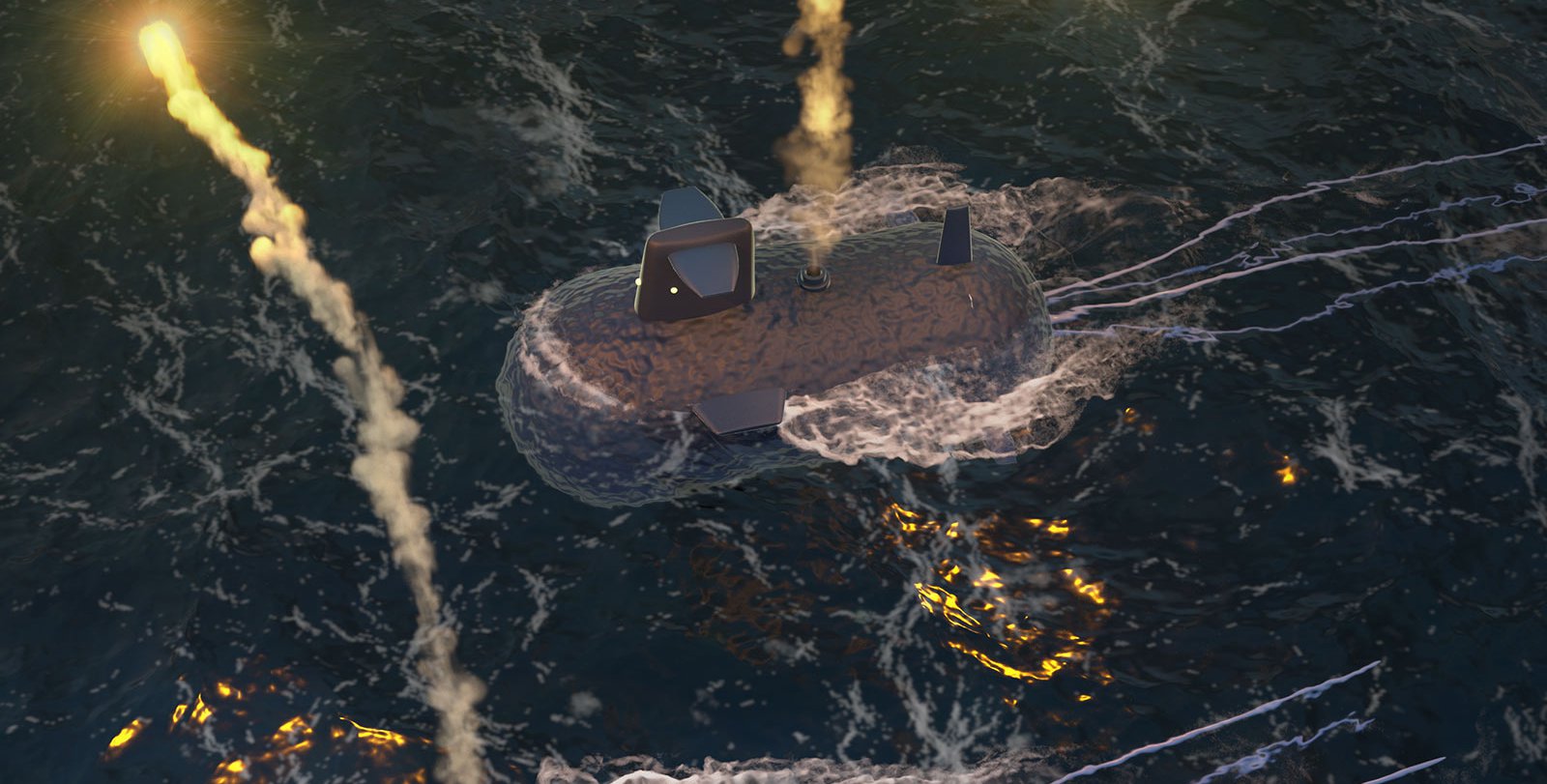创新背景
人体含有大约37万亿个细胞;在柜台上熟透的香蕉上飞来飞去的果蝇可能有5万个细胞。即使是秀丽隐杆线虫,一种在生物研究中常用的微小蠕虫,也可以有多达3000个细胞。因此,研究人员只想了解有机体中少数细胞的行为是一件很难的事。
创新过程
这项新技术利用了声音报告基因。声学报告基因是一种专门的DNA片段,研究人员可以插入一个有机体的基因组来帮助他们理解它是什么做的。从历史上看,报告基因已经编码了荧光蛋白。例如,如果研究人员将其中一个报告基因插入到他们想要研究的基因(比如负责神经元发育的基因)旁边,激活这些神经元基因也会产生荧光蛋白分子。当合适的光线照射在这些细胞上时,它们就会亮起来,有点像一个萤光笔在一本书里标记特定的通道。

然而,这些荧光报告基因有一个很大的缺点:光不能穿透活组织很远。
因此,研究人员开发了利用声音而不是光的报告基因。当这些基因被插入细胞基因组时,会导致细胞产生微小的空心蛋白质结构,即囊泡。这些囊泡通常存在于某些种类的细菌中,这些细菌利用它们在水中漂浮,但它们也有一种有用的特性,当超声波撞击时,它们会“响”。
他们的想法是,当产生这些囊泡的细胞用超声波成像时,它会发出一种声波信号,宣布它的存在,让研究人员看到它在哪里以及它在做什么。在之前的工作中,这种技术已经被用来显示细胞中酶的活性。

通过小鼠肝脏的单个细胞被新的成像技术所突出。
新技术使用更强的超声波,使囊泡像气球一样“爆开”,产生非常强烈的信号点。这个光点非常清晰,即使在超声波穿透组织产生的背景噪声中,研究人员也能很容易地发现它。关于攻击癌细胞或“肿瘤归巢”细菌的可注射细菌的工程菌株的研究,研究人员创造了一种更好的方法来跟踪这些细胞,以查看它们在体内的哪个位置。研究人员表明,当细菌也被设计成携带气体囊泡基因时,有可能跟踪单个细菌细胞在注射到血液中后进入并穿过肝脏。
创新关键点
以前的成像技术依赖于囊泡像被击中的铃铛一样响,而新技术使用更强的超声波,使囊泡像气球一样“爆开”。不同之处在于他们使用的超声波以及气囊对超声波的反应。
创新价值
这项研究的改进表明,与之前用于成像携带声波报告基因的细胞的技术相比,新技术的灵敏度提高了1000倍以上。
Ultrasensitive ultrasound imaging can be performed using acoustic reporter gene
The new technology uses the voice reporter gene. An acoustic reporter gene is a specialized piece of DNA that researchers can insert into an organism's genome to help them understand what it's made of. Historically, reporter genes have encoded fluorescent proteins. For example, if researchers insert one of the reporter genes next to a gene they want to study, such as one responsible for neuronal development, activating those neuronal genes will also produce fluorescent protein molecules. When the right light is shone on these cells, they light up, a bit like a highlighter marking specific passages in a book.
However, these fluorescent reporters have a major drawback: light does not penetrate very far into living tissue.
So researchers developed reporter genes that use sound instead of light. When inserted into a cell's genome, these genes cause the cell to produce tiny hollow protein structures, known as vesicles. These vesicles are commonly found in certain species of bacteria that use them to float in water, but they also have the useful property of "ringing" when an ultrasonic wave hits them.
The idea is that when the cell that produces these vesicles is imaged with ultrasound, it emits a kind of acoustic signal that announces its presence, allowing researchers to see where it is and what it is doing. In previous work, this technique has been used to show the activity of enzymes in cells.
The new technique uses more powerful ultrasound waves to make the vesicles "pop" like balloons, creating very strong signal spots. The blip was so clear that the researchers could easily spot it even in the background noise generated by ultrasonic waves penetrating the tissue. Studies of engineered strains of injectable bacteria that attack cancer cells, or "tumor homing" bacteria, have created a better way to track these cells to see where they are in the body. The researchers showed that when bacteria are also engineered to carry the gas vesicle gene, it is possible to track individual bacterial cells as they enter and travel through the liver after being injected into the bloodstream.
智能推荐
基因工程创新思维 | 创新定制个性化全基因组测序可使罕见疾病的诊断率翻倍
2022-11-08研究人员的一项新研究发现,为个体患者量身定制全基因组测序分析可以使罕见疾病的诊断率翻倍。
涉及学科涉及领域研究方向基因组学创新思维 | 新技术”seqFISH+”可高分辨率成像完整细胞核结构
2022-10-14加州理工学院的研究人员已经开发出一种新技术(seqFISH+)来对细胞核进行成像,包括其DNA,RNA和蛋白质。
涉及学科涉及领域研究方向